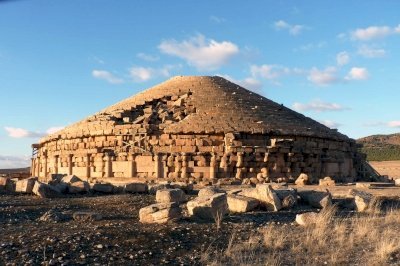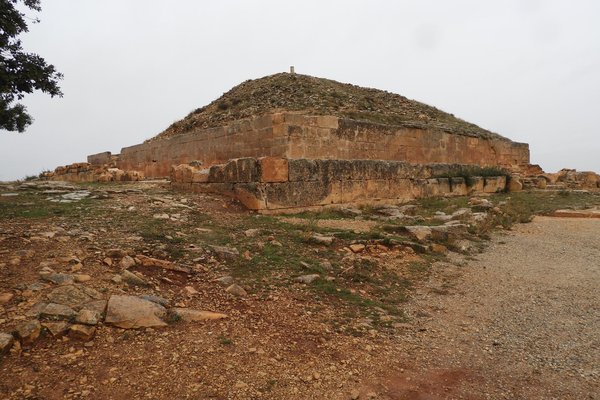Algeria
Les Mausolées Royaux de l’Algérie antique
The Royal Mausoleums of Algeria are testimony to the burial tradition of a mixed African / Mediterranean civilization.
They include single tombs for important royals as well as a necropolis. They date from various ages between the 3rd century BC and the 6th century AD.
Site Info
Official Information
- Full Name
- Les Mausolées Royaux de l’Algérie antique (ID: 6832)
- Country
- Algeria
- Status
-
Nominated 2027
Site history
History of Les Mausolées Royaux de l’Algérie antique
- 2025: Revision
- The successor of Les Mausolées Royaux de Numidie, de la Maurétanie et les monuments funéraires pré-islamiques (2002-2025)
- 2025: Added to Tentative List
- Added to tentative list
- Type
- Cultural
- Criteria
- i
- iii
- iv
Links
- UNESCO
- whc.unesco.org
All Links
UNESCO.org
- whc.unesco.org — whc.unesco.org
Community Information
- Community Category
- Secular structure: Burial
Travel Information
Recent Connections
News
No news.
Recent Visitors
Visitors of Les Mausolées Royaux de l’Algérie antique
Community Reviews
Show full reviewsSolivagant
Les Mausolées Royaux de l’Algérie antique
Les Mausolées Royaux de l’Algérie antique (Nominated)

This T List site is made up of 6 locations, of which we visited 2 in Dec 2012. On the face of it there isn’t a great deal to see at either (you can’t get inside the tombs) but we found them of interest for opening a small window on the early history of a region which, to me at least was a “closed book” – I describe below our visits and some of the directions where “follow up” study of these tombs has taken me.
Our first visit was to the Royal Mauritanian tomb (aka "Tomb of the Christian") near Tipasa. Now this tomb is already inscribed as part of the Tipasa WHS – a fuller analysis of how this happened and a description of the tomb is to be found in my review of Tipasa . In that review I commented that the “normal” attribution for the tomb is to Juba II and/or his wife Cleopatra Selena from c23AD but that it is now thought to date from an earlier period. I noted with interest therefore that the T List entry attributes it to “Bocchus” and 1st C BC. There were Bocchus I and II of Mauritania around 105BC and 49BC respectively (It could be interesting to follow up their relationship with events in Rome regarding Caesar, Octavius and Antony in which they appear to have played a part!) This suggestion is also made in the book I have about Tipasa – but that book …
Keep reading 0 comments
